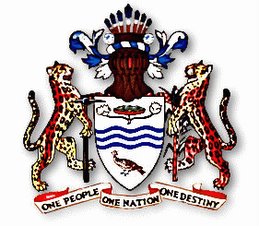In a message to mark Arrival Day today, President Bharrat Jagdeo pointed to the rich legacy of Guyana's plural, multi-cultural society and declared that it is time that "we give sober reflection on the significance of immigration and indentureship." The President then urged, "Let us show a greater sense of purpose and maturity and more mutual respect, tolerance, appreciation and understanding of each other as we commemorate Arrival Day." Jagdeo also observed that the slave riots and the indenture system served as a clear historical bond that have cemented the alliances among all groups throughout Guyana.
He said that over the years the month of May is generally regarded and widely celebrated as Immigration Month in Guyana because it was during this time that the first batch of Portuguese (1835), East Indians (1838) and the liberated Africans (1841) arrived as indentured laborers in the then colony of British Guiana. As a result, substantial numbers of immigrants came from these same sources. In addition to these immigrants the country was also the recipient of Europeans, Chinese and Barbadian immigrants. According to Jagdeo, this immigration might not have seen the light of day were it not for the numerous slave riots in Guyana, Jamaica, Barbados and Antigua, which not only presented the ingredients for the Abolition of Slavery Act of 1834 but catalyzed the concoction of the Indenture System.
During the immediate post-emancipation era of `crisis, experimentation and change' immigration was seen as the answer to the much feared labour problems of the plantocracy and the consequential threat to the survival of the sugar industry. Through the combined efforts of these immigration schemes, Jagdeo said, the Guyana society was provided with over 340,000 indentured labourers during the period 1834-1917. The President noted that the immigrants' overall contribution to Guyana is phenomenal since they ensured the survival and expansion of the sugar industry in the nineteenth century in the face of tremendous odds.
The immigrants also aided the rise and development of villages, peasantry and economic diversification in general. Moreover, their cultural impact is pronounced and lasting, especially in the areas of religion, festivals, folklore, dress, language, dancing, music and food, he added.
Subscribe to:
Post Comments (Atom)



No comments:
Post a Comment